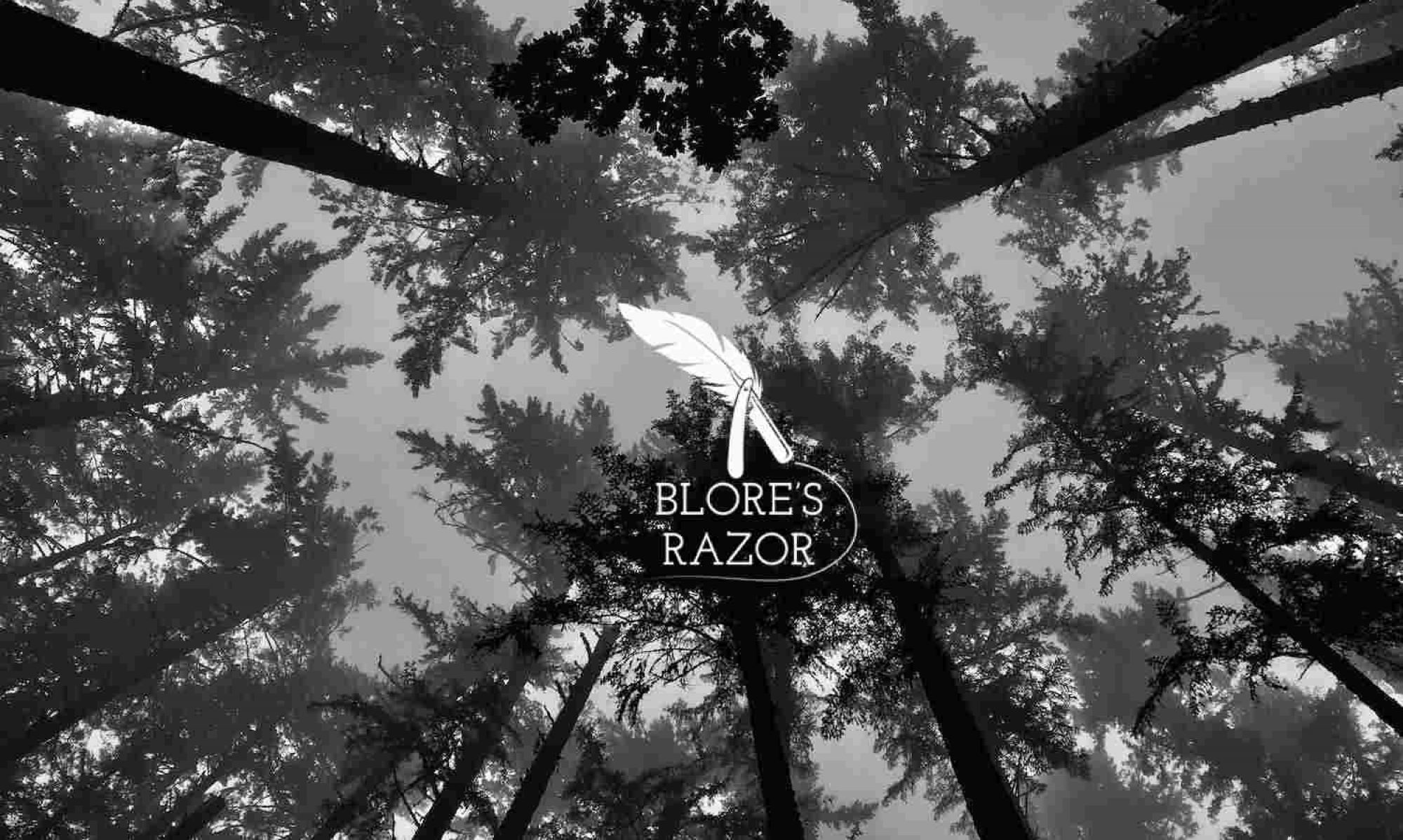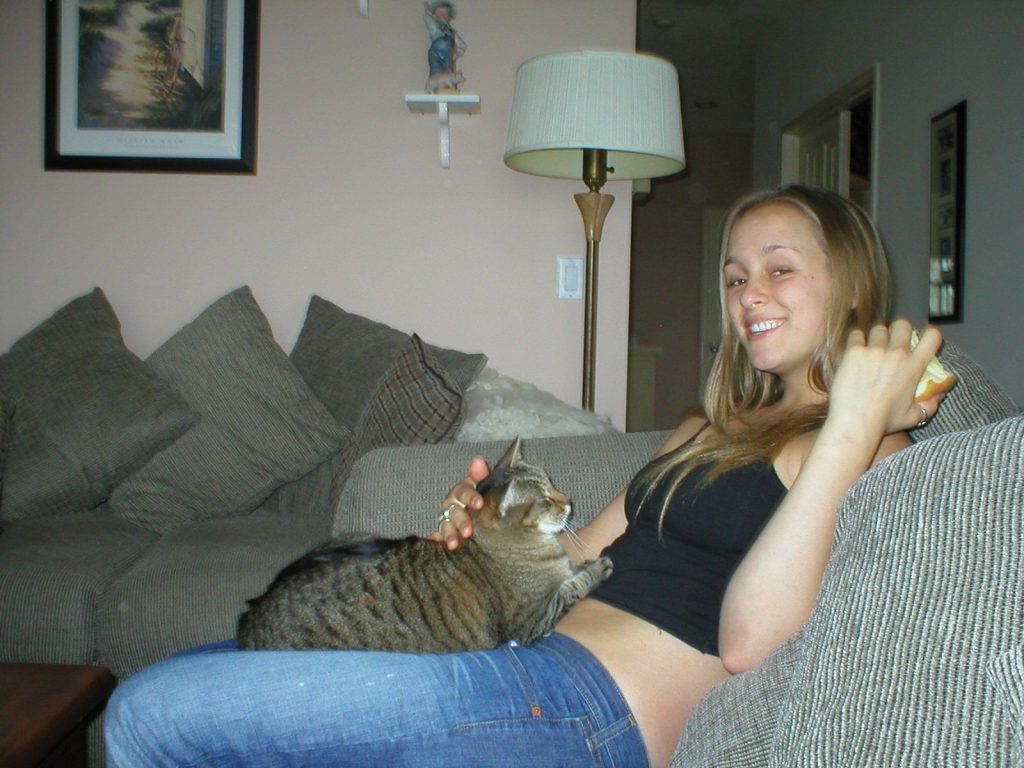As children, we’re taught that with the right degrees and skills, we can advance in the workplace. It was acknowledged that people with connections and charm can rise somewhat faster, but in theory, American jobs are meritocratic—with enough discipline and training, any person can succeed.
As much as we admire this sentiment, we all soon discovered that the reality of employment is messier. People rise in the ranks for a complex web of reasons—many of them out of an individual’s control. Accomplishments play an important role, but depending on who is in power, other variables can shape an employee’s career path.
Perhaps a leader is sympathetic to the number of years a subordinate has been around the office and believes it’s their time to move up. Maybe they’re childhood buddies or sorority sisters. Other managers are susceptible to flattery or hold biases against specific groups.
In all cases, promotions aren’t blind. So how much of professional success can we actually attribute to talent and hard work?
After five years of working from where I please, I’d argue that fully remote companies are closer to pure meritocracies.

Working from home cuts out a lot of the spontaneous connections and relationships developed over cubicle walls and around the water cooler. Rather than having a perception of the entire employee—what they bring for lunch, whose pod they frequent, the family pictures they have on their screensaver, the energy they exude in the office—they are reduced to what they present in email, video conferences, and projects. Without the confounding influence of appearances, it’s easier to be known for one’s accomplishments.
Of course, this model doesn’t work for all types of businesses or industries; workplaces in agriculture, construction, retail, and R&D require in-person collaboration. But for many types of computer-bound work, telecommuting is an attractive option. It not only saves companies money on overhead costs, but it also cuts out most of the gossip and politics.
I remotely manage a team of writers and we communicate through email and texting. Written communication can be addressed when it’s convenient for me, as opposed to the immediacy of having someone come to my desk. I have better control over how I spend my day. Most importantly, since writers are turning in full articles that I edit, I’m able to evaluate their progress (and offer raises) based on the merits of their work.
My writers are a motley crew; they’re mostly women, but they have varied backgrounds and ages (25 to 60+). One woman lives in Pakistan and reached out on LinkedIn in response to my post seeking new talent. Her samples and performance on my editing test were flawless. My top-paid contractor is an older graduate-trained expert in business education who sends me lengthy, eloquent proposals for each of his topics.
The point is that I’ve been able to evaluate each of my writers on the outcome of their labor. I don’t critique their process, hours worked, friendliness, hobbies, or attractiveness—variables that play a role in traditional workplaces.
Some of my office-bound friends have been quick to point out two problems with working from home: 1) They’d never get anything done, and 2) They’d get lonely.
To the first point, I wonder how people get things done in brick-and-mortar companies with the roving buffet of distractions. Unless you have a private office, having an unbroken stretch of concentration is tough to achieve. Even with noise-canceling headphones—office-speak for “Don’t Fucking Talk to Me”—there is a flurry of activity in one’s peripheral vision. At least at a cafe, strangers are unlikely to approach.
Telecommuting was a bit of an adjustment, I admit, but this work can be treated like college: sure, you’ll spend a little time in a classroom, but you get to choose the environment where you study and write papers. Some people aren’t self-starters who thrive without structure, but like anything, this can be learned.
To the second point, it can be tough to lack a community of coworkers, but it makes me that much more eager to fill up my dance card in the after-hours making dinner for friends, enrolling in classes at the University of Oregon, or joining Spanish conversation meet-ups. Plus, unless you’re in charge, coworkers are like a family: you can’t really choose them. You’re thrust into their company, and sometimes it works out, sometimes it doesn’t. It takes more effort, but I’d rather nurture relationships that I choose rather than those of proximity, power, or convenience.
If we want our workplaces to be purer meritocracies—places where we’re evaluated strictly on our output—giving employees the freedom to labor when and where they please is helpful.








